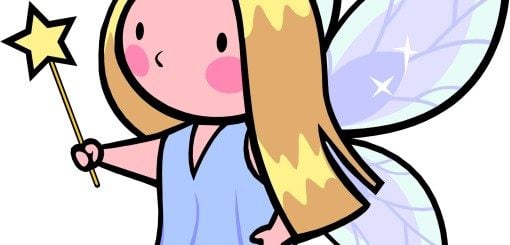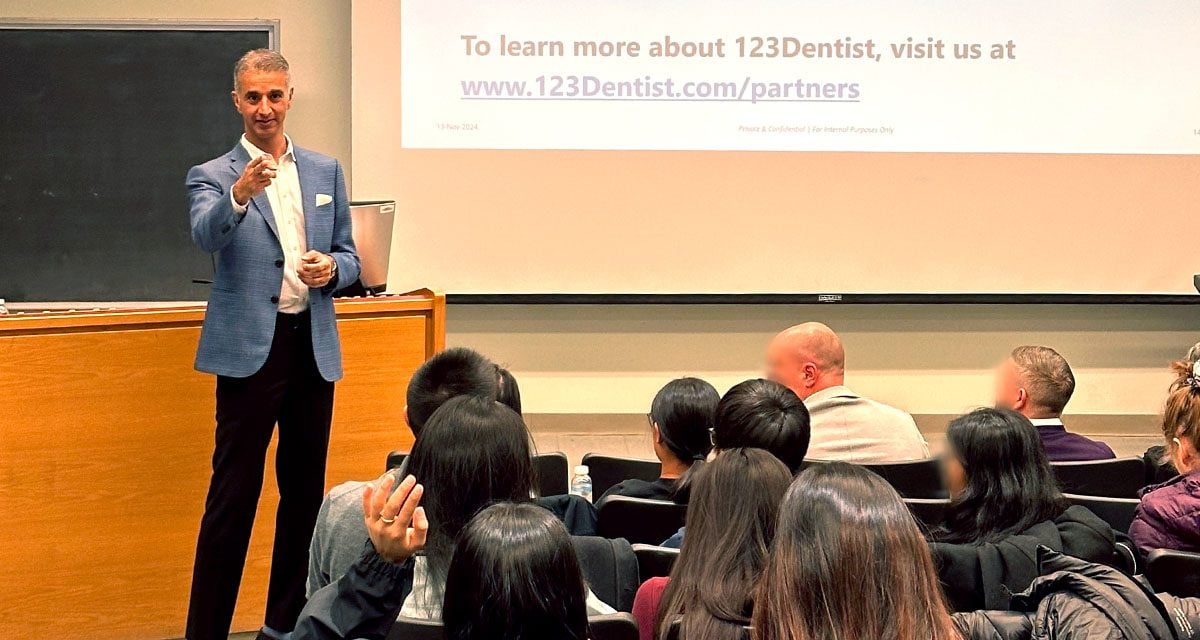The tooth fairy is an iconic symbol of childhood, the same way we fondly remember Santa Clause or the Easter Bunny, we look back on the Tooth Fairy with fond memories. Unlike the other two mythological heroes of modern folklore, the Tooth Fairy exists across religion and culture in many anglo-based societies. But where did this sprightly sprite originate, and just how long have we believed in her magic? 123 Dentist decided to dig into the history of the Tooth Fairy and provide you with some much needed answers. With any luck, we’ll learn something together and satisfy our fascination with folklore at the same time!
Ancient Tooth Related Myths
The Tooth Fairy as we know it is a relatively recent creation, like other myths, evolved over time. There are traditions, legends and myths dating back millennia with regards to loosing your baby teeth.
Early norse and European traditions suggest that when a child lost a baby tooth, it was buried to spare the child from hardships in the next life. A tradition of the tand-fe or tooth fee originated in Europe for a child’s first tooth, and vikings used children’s teeth and other items from their children to bring them good luck in battle.
There’s also the more general tradition of a good fairy in Europe that was birthed out of fairy tales and popular literature in more recent times. Ultimately the most popular version of a ‘tooth deity’ is the image of a mouse, who would enter children’s rooms and remove baby teeth. This tradition is prominent in Russia, Spain and many asian countries like China.
Tooth Fairy Traditions Around The World
More recently, when the 6th tooth fell out, the child was rewarded with a gift in many northern European countries. In France, a mouse or rabbit dating to the 17th century mentioned a La Petite Souris. In Latin countries the most well known character is Ratoncito Perez. Perez has become a pop symbol in his own right, appearing in cartoons and he even has a museum dedicated to him in Madrid, Spain. Perez is used to market dental products to children much the way the tooth fairy is in Canada or the US.
The reason for the mouse being synonymous with so many culture’s tooth fairy tradition is the fact that rodents continue to grow their teeth their entire lives. Anthropologists consider a type of ‘sympathetic magic’ a way for believers to transfer good luck or traits to the child who lost the tooth.
In other cultures, the legend varies to include beavers, cats, dogs or even squirrels. Other traditions of the tooth fairy include rituals dating back thousands of years in almost every culture. Traditions like:
(1) thrown into the sun.
(2) thrown into the fire.
(3) thrown backwards between the legs.
(4) thrown onto or over the roof of a dwelling.
(5) placed in a mouse hole.
(6) buried in the ground.
(7) hidden out of site of animals.
(8) put inside a tree or on the wall.
(9) swallowed by mother, the child or a pet.
The Many Faces Of The Tooth Fairy
Unlike the counterparts of Santa Claus or The Easter Bunny, which have been branded in large part by companies like Coca Cola and Cadbury, the Tooth Fairy has not been associated with one specific look. The most common rendition was inspired by other fairies in pop culture, but the tooth fairy has appeared in countless shapes and sizes, from young to old, human to sprite, even animals and birds have inspired the look of the fairy.
The All-American Tooth Fairy
The tooth fairy as we know her was inspired by the legend of the mouse mentioned earlier and the good fairy myth. In 1927 or so, a book popularized what would consider to be the modern tooth fairy. The legend was obscure for a while, but with the popularity of Walt Disney’s fairy characters, the tooth fairy gained popularity and quickly became a presence in most households.
A recent survey by Visa found that the average child in the United States receives $3.70 per tooth, which is considerably more than what we used to get as children. Some parents offer more money for bigger teeth or for the first or last tooth, also inspired by European tradition.
Tooth Fairy In Popular Culture
To this day, the tooth fairy legend has appeared in hundreds of plays, books, cartoons and feature films. Some of these films are more or less what you’d expect from a female fairy character. The Tooth Fairy has featured in other lore about fairies, too. In recent films, the Tooth Fairy appeared in:
Rise of the Guardians
An almost superhero version of mythological characters have to join together to save the world and the Tooth Fairy is a key part of the group, presented as likeable, and almost bird like. The film is well animated, but a bit silly, even for a kids film.
The Tooth Fairy
If you could choose the least tooth fairy like actor in Hollywood today, at the top of the list you’d find Nicholas Cage or The Rock. In this modern take on the legend, a pro-sports star becomes the tooth fairy and has to get in touch with his sensitive side. Best avoid it unless you have small children.
Darkness Falls
One of the most recent takes on the Tooth Fairy myth re-imagined it for the horror genre and melded it with other folklore. If you like a good scare and a classic good vs. evil horror romp, check it out, but leave the kids watching something else.
Toothless
A lot of people don’t remember Toothless, Kristie Alley’s take on a dentist who becomes the next tooth fairy. The film was born out of the success of Tim Allen’s Santa Clause movie, another connection for the two closely related characters. It’s hard to find but it was fun for a family audience.
Ultimately, the reason the tooth fairy legend continues to grow and evolve across cultures is that it provides a level of comfort to children. As you grow, your body undergoes many changes, but arguably the first and most traumatic for children is the loss of a tooth or two. The tooth fairy and the mouse legends like Parez help bring comfort and excitement to a traumatic experience.
Today dentists use the tooth fairy to encourage dental health, even encouraging parents to propagate the legend with the notion that a tooth that is cleaner receives a larger reward. This kind of encouragement and the notion of a tooth fairy makes dental work easier for children, and that’s a very good thing!






